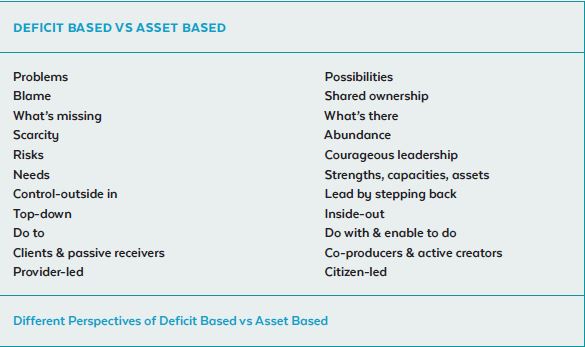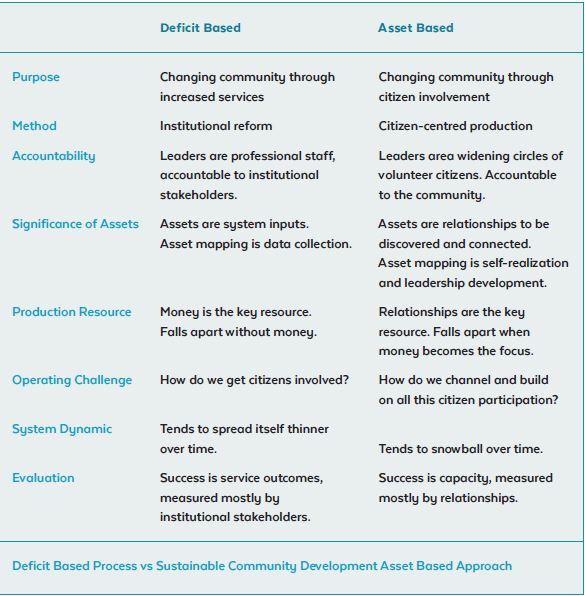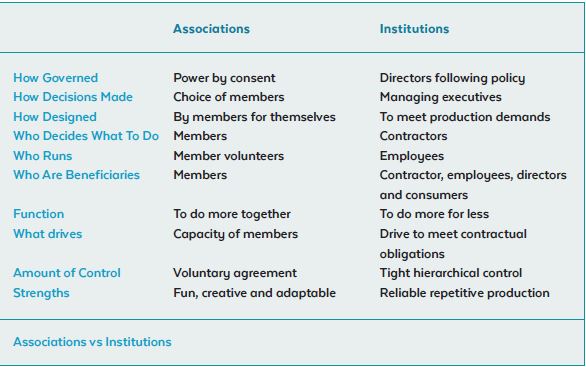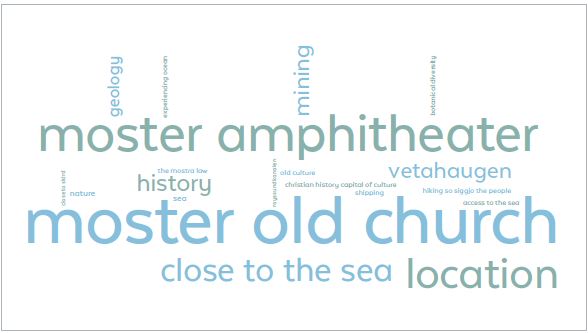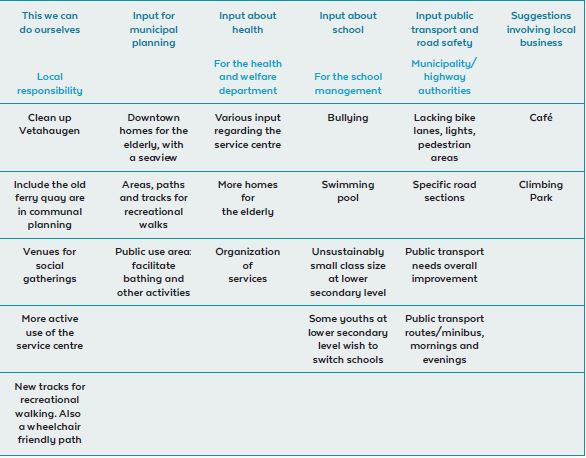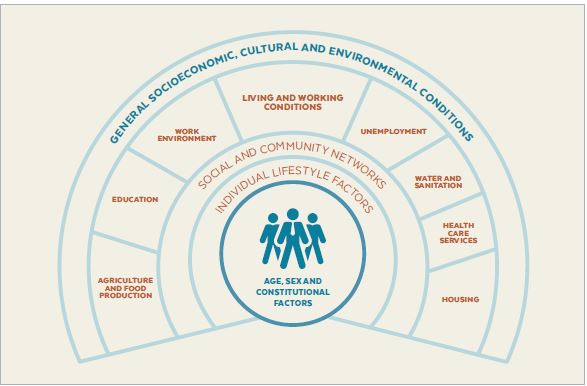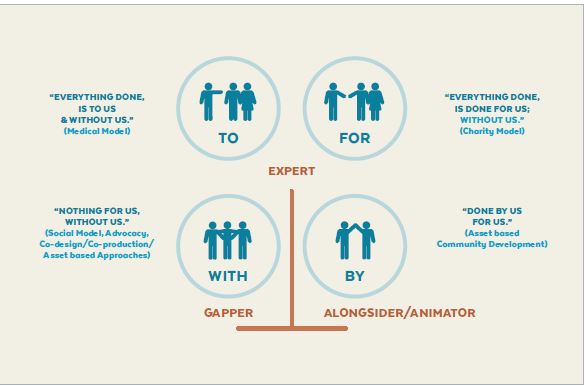1. A recognized problem: a lack of social change despite institutional and organizational reforms
The origins of Asset Based Community Development (ABCD) starts with the work of Professor John McKnight, Professor Jody Kretzmann and eighteen of their associates in the late 1980s. They were looking for a solution towards increased racial tensions in the US, observing a lack of effective institutional reform. They started to question the basic assumption that institutional reform was the means to achieving social change, which led them to embark on a four-year journey to work with thousands of people who had largely been defined by their issues – unemployment, teenage pregnancies, poverty, poor housing. When John and Jody entered these communities, they sought to understand how, despite multiple socioeconomic and political challenges, has citizenship and community prevailed in low-income neighborhoods, how the social change is happening?
They came to the conclusion that a major challenge to social change is the underlying assumption and belief that some external force will come and rescue them. This scarcity perspective would have citizens believe that the most valuable resources exist outside of their communities which routinely results in top-down, bureaucratic solutions. It follows the belief that bigger, better resourced, more professionalised organisational systems equate to better outcomes for all.
Research shows that environmental and social change is not the result of behavioural change, nor does it come about as a consequence of institutional reform. Social change happens as a result of effective grassroots community building at the neighbourhood level.
Using only open and participatory processes, John McKnight and Jody Kretzmann gathered 3,000 stories in response to questions such as, ‘‘can you tell us a story about a time when you and your neighbours came together to make things better around here?” The stories they gathered had in common some mix of the six key community building blocks. While not every story possessed of all six, across the 3,000 stories gathered, these are the strengths that were most recurrent:
— The skills of local residents
— The power of local associations
— The resources of public, private and non-profit institutions
— The physical resources and ecology of local places
— The stories and heritage of local places
These building blocks, which were eventually categorised as ‘‘community assets”, reflected the local residents ‘real-world’ accounts of their experiences in nurturing their health and wellbeing, protect-ing the environment and the local economy, raising happy children, ageing actively and comfortably at home, responding to natural or manmade disasters, as well as being good stewards of local ecology and of deepening democracy, achieving social justice and nurturing local wisdom.

